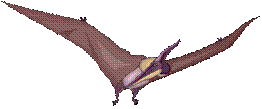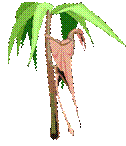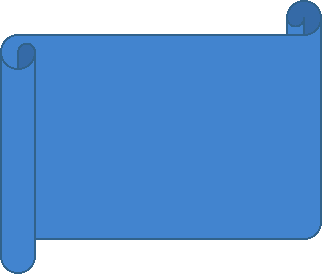

|
Names |
|
Live Pterosaur |
|
Living Pterosaur Investigations |


|
With many hundreds of languages, Papua New Guinea has many names for giant flying creatures. But do all of these names refer to the same species? |
|
The ropen of Umboi Island, Papua New Guinea, is said to eat fish. But when the American Carl Baugh, in about 1994, interviewed one native, another name was mentioned. After describing how the creature, one night, stole fish that had been left over a camp fire, the native answered Baugh’s question about what was responsible: “In our language, we call it ‘duwas.’” Both the ropen and the duwas are nocturnal flying fish-eaters.
When Paul Nation (an associate of Baugh) interviewed an islander in Opai Village (Umboi Island), in 2002, he was told about a fisherman who died from an encounter with a large flying creature that was assumed to have been a ropen. The fisherman found it sleeping on the beach of a small island south of Umboi and tried to capture it by tying a rope from the creature’s foot to a log. When Jonathan Whitcomb interviewed islanders, in 2004, he learned of a legend from these small islands: The dragon who “owns the land and the sea” is called “wawanar.”
In a small village near Wau, on the mainland of Papua New Guinea, the large creature that glows, as it flies at night, is called “seklo-bali.” In Tawa Village, many kilometers to the west, the creature that used to carry away children and animals, glowing as it flew at night, is called “indava.” |


|
Do the names “ropen,” “seklo-bali,” “duwas,” “wawanar,” and “indava” refer to the same pterosaur-like creature? Descriptions from many eye-witnesses may give clues about their relationships. |


|
Main Page of |
|
(compare testimonies) |